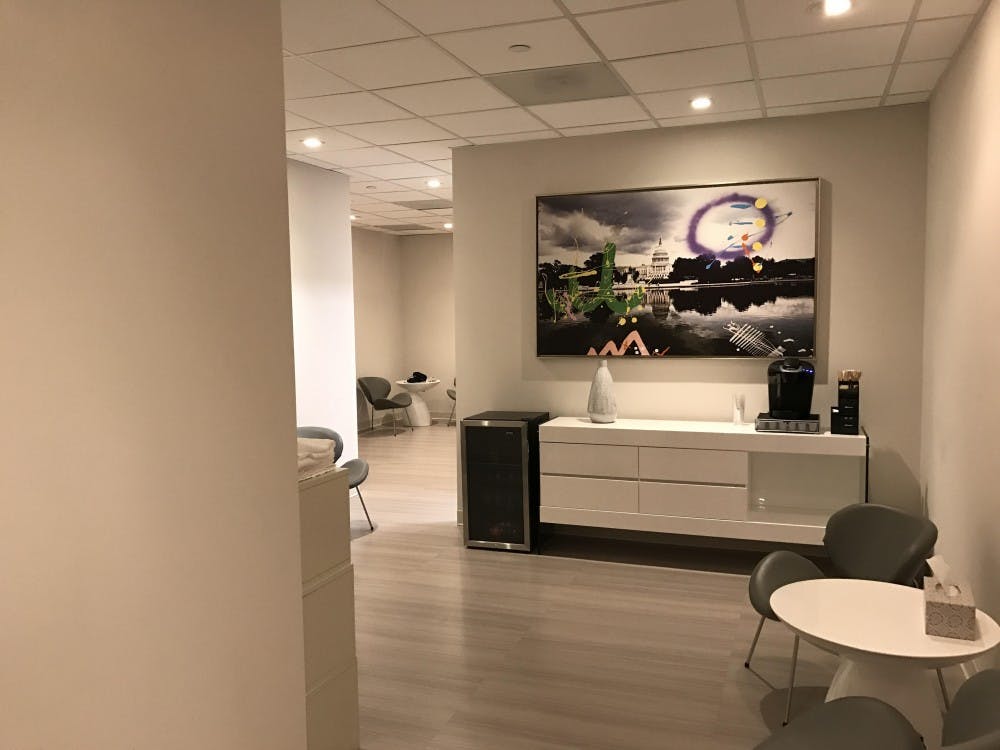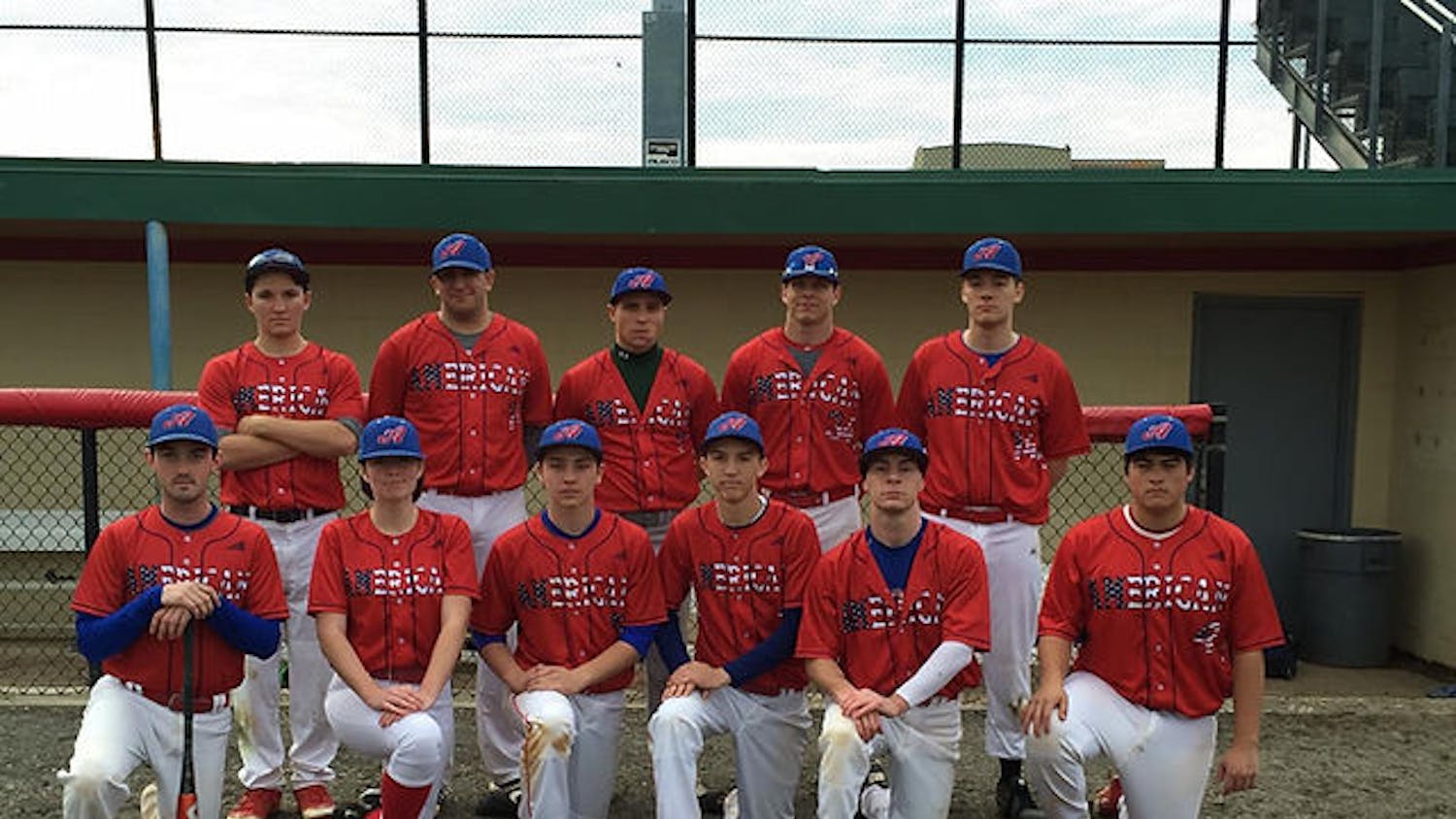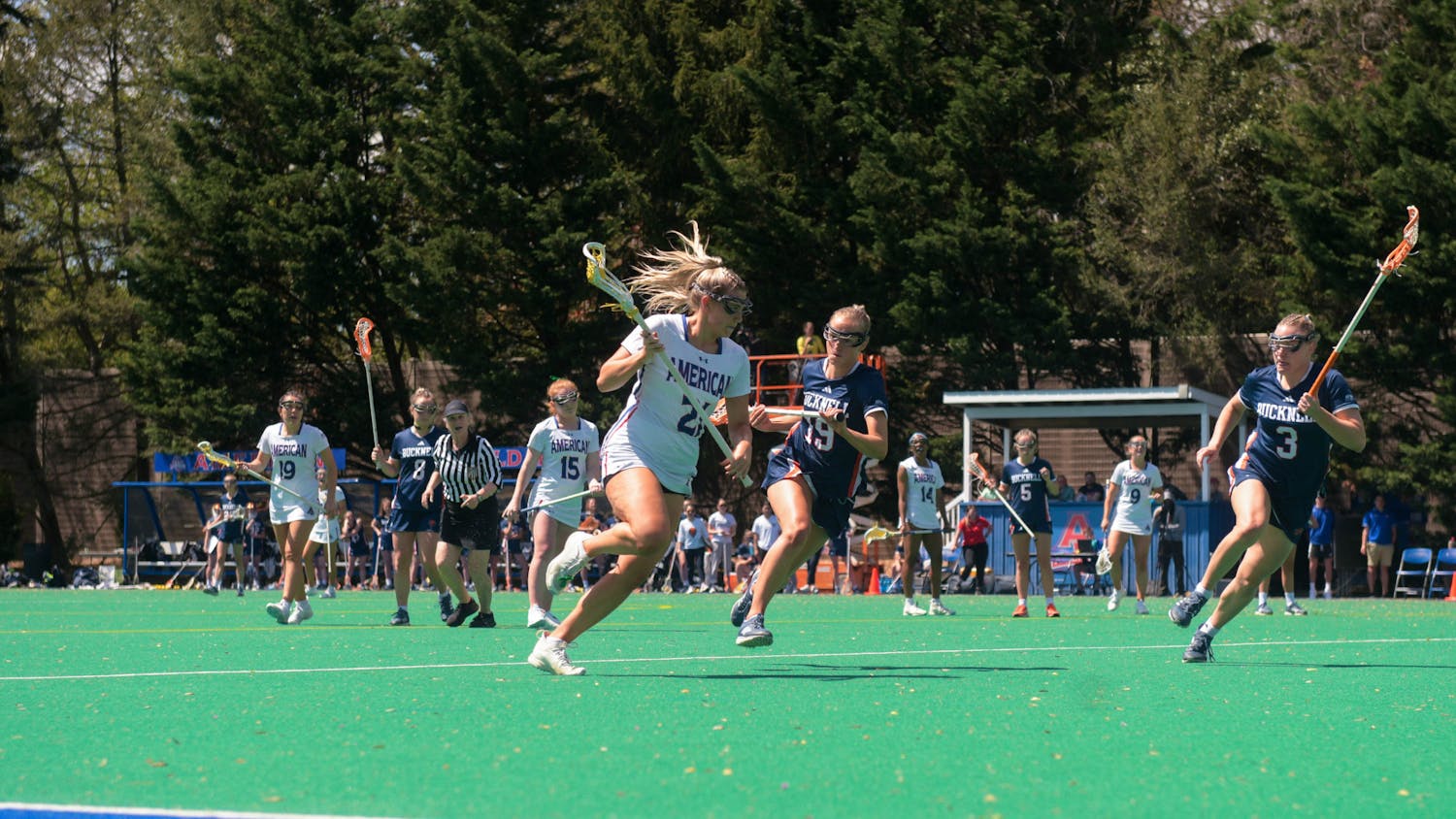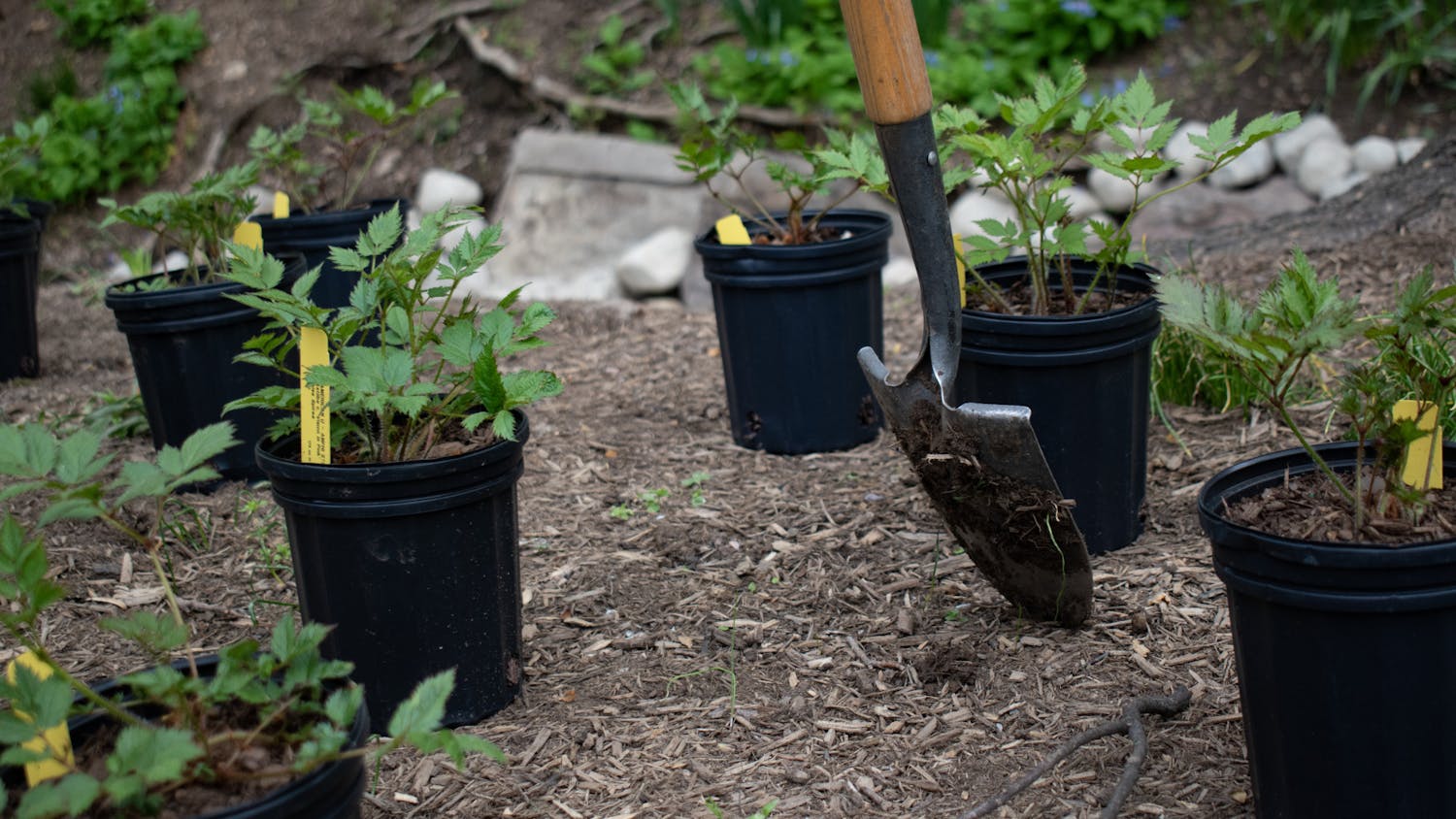Have you ever worked out every day for an entire week? For those of you who have, more power to you. But with working out comes inevitable soreness and muscle pain. Whether it’s leg day, cardio, core or arms, there is always going to be some kind of pain. Some people love that feeling, but others (like me), not so much. A solution is the holistic practice of cryotherapy.
Capital Cryo, located near AU on New Mexico Avenue is one of two cryotherapy studios in Washington D.C that opened up on Jan. 17. District Cryo is the second.
“Cryotherapy takes the idea of cold therapy and makes it more efficient and effective,” said Elizabeth Gondela, the director of operations at Capital Cryo. “It has been used for centuries, such as anything from ice packs to ice baths, but allows it to be better monitored.”
Just like ice baths and ice packs, cryotherapy uses cold temperature to reduce pain and inflammation.
The process involves a client stepping into a JUKA machine. The JUKA machine is a large, silver tube that releases liquid nitrogen for up to three minutes, while the temperature gradually drops down to -240 degrees fahrenheit. The machine has a thermometer at the top so the client can see how much the temperature is dropping.
Capital Cryo offers various amounts of treatments and prices. Clients can try whole body cryotherapy with the new client offer that provides the first two sessions for $50, and then after single sessions for $75.
Gondela recommends the holistic practice of cryotherapy to anyone with pain in their body. A holistic practice focuses on the relationship between the mind, body and spirit.
The practice started out as a therapy for arthritis, but quickly spread to the athletic industry to treat chronic and muscle pain. It is made for clients who want their body to bounce back from injuries and muscle pain faster and have maximum range of athletic performance.
Gondela recommends this form of therapy to college students for multiple reasons.
“College students are balancing so many things at the same time. With course work, internships and sports, this is an efficient way for them to maintain their well-being,” Gondela said. “In just three minutes, student athletes can obtain a quick and efficient way to get muscle recovery and reach peak performance.”
Although it is not verified by the Food and Drug Administration, Gondela said her clients come recommended by physical and massage therapists. The popularity of cryotherapy in many major cities comes from the numerous amounts of benefits it offers.
Gondela said that similar to the ice baths, cryotherapy reduces muscle inflammation, resulting in quicker muscle recovery and decreased soreness. It can be used to treat inflammation-related diseases and skin disorders like fibromyalgia, rheumatoid arthritis, multiple sclerosis, chronic pain and eczema.
Cryotherapy increases the body’s metabolic rate and collagen production, stimulating higher energy levels, an improvement in mood, sleep patterns and skin tone. Gondela said her clients report increased range of motion, chronic pain relief, muscle relief, improved sleep cycles and skin rejuvenation.
It is a systemic treatment, that will affect the entire body. Gondela said that there aren't any adverse effects of cryotherapy per say, but clients with high blood pressure, heart disease, cold allergy and Raynaud disease, are advised not to participate in cryotherapy due to the extreme cold temperature. However, those who can participate, have experienced many of the benefits of cryotherapy.
I had the opportunity to try a free session with Capital Cryo, and I can confidently say that I was amazed at how effective the process was. After a very unproductive winter break, I had been going to the gym every day for the first two weeks back at school, and my body was sore trying to rebuild muscle. From the waist down, I had muscle pain from doing leg exercises the day before, so I was excited to see how the treatment would work.
First, I was led to a changing room where I was told by Gondela to put on a robe, knee high socks and slippers. She then monitored my blood pressure to make sure I met their criteria and had me go through a list of medical conditions that could prevent me from receiving treatment, such as angina, cancer, pregnancy, etc.
After signing a waiver, I was instructed to take my robe off, and given gloves to protect my hands in the JUKA machine. Immediately, I felt cold air and saw a grey fog surrounding me.
On the machine, you are able to see a timer that counts down from three minutes and the temperature of the machine. I was really nervous as I saw the temperature slowly dropping down, as low as -100 and then to -240 degrees Fahrenheit. Gondela advised me to keep my hands above the liquid nitrogen, and to keep going around in a circle in the machine to keep my blood flowing and to relax myself.
The process does not feel like you’re in -240 degrees Fahrenheit. The first minute feels like walking on campus on a cold, windy day. After that, a “pins and needles” sensation occurred, and my body went numb. And yet if the thermometer hadn’t been set at -240 degrees Fahrenheit, I would not have guessed the temperature to be that low.
After I stepped out of the machine, I instantly felt the results. All the soreness and muscle pain I felt from my workout had disappeared. At first I thought it was because my whole body was numb, but later that day, I didn’t feel ache anymore.
I would definitely recommend this treatment to anyone who deals with a lot of soreness after working out, especially athletes. I’m always hesitant about trying holistic treatments, but Gondela and Capital Cryo have made me a believer in cryotherapy.





